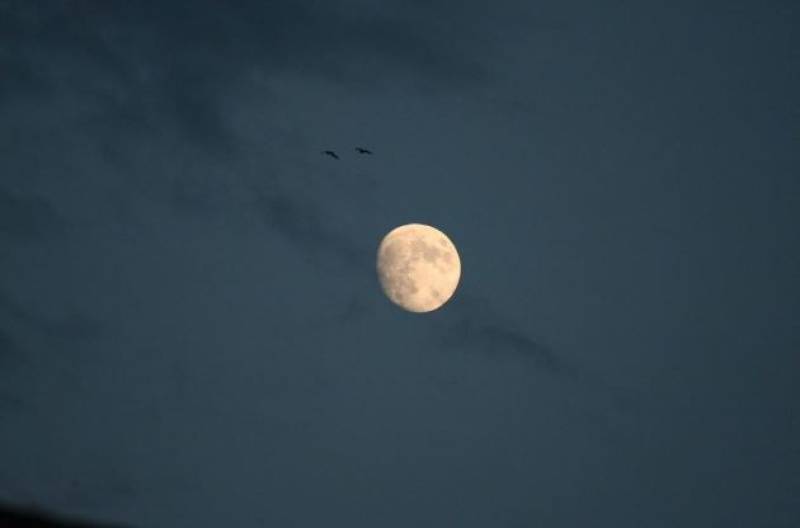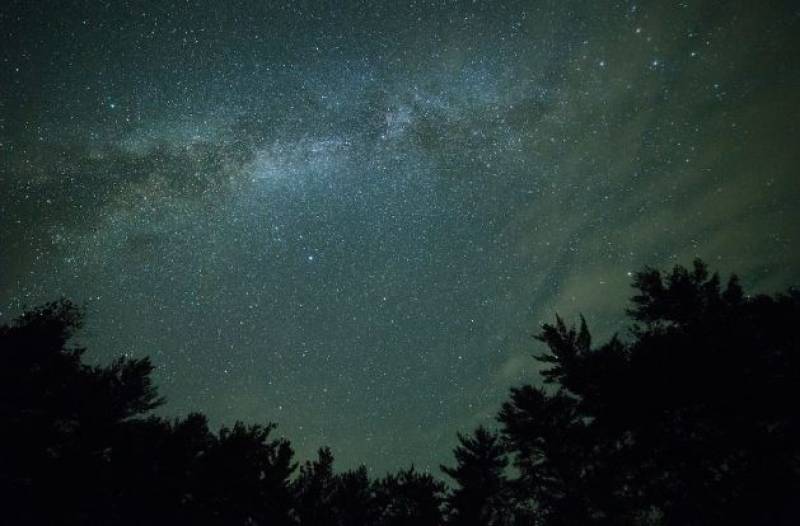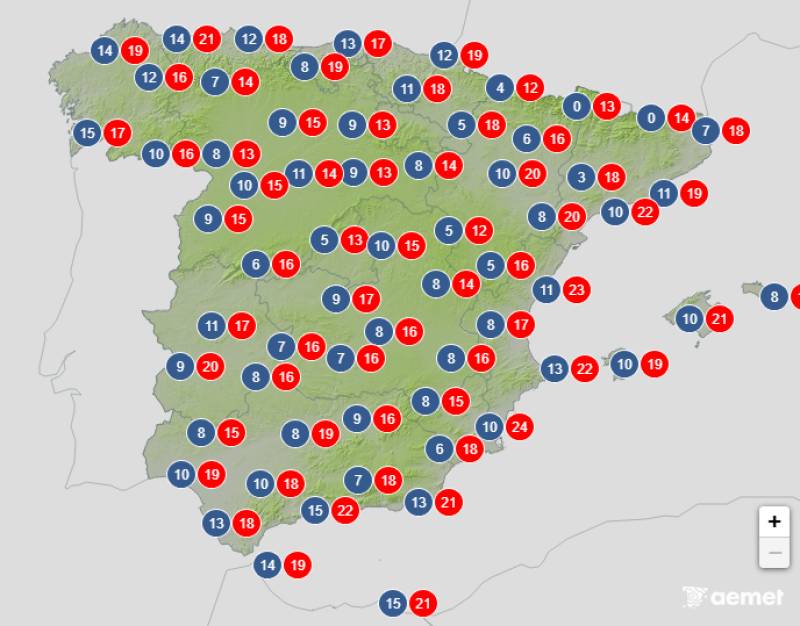- Region
- Águilas
- Alhama de Murcia
- Jumilla
- Lorca
- Los Alcázares
- Mazarrón
- San Javier
-
ALL AREAS & TOWNS
- AREAS
- SOUTH WEST
- MAR MENOR
- MURCIA CITY & CENTRAL
- NORTH & NORTH WEST
- TOWNS
- Abanilla
- Abarán
- Aguilas
- Alamillo
- Alcantarilla
- Aledo
- Alhama de Murcia
- Archena
- Balsicas
- Blanca
- Bolnuevo
- Bullas
- Cañadas del Romero
- Cabo de Palos
- Calasparra
- Camping Bolnuevo
- Campo De Ricote
- Camposol
- Canada De La Lena
- Caravaca de la Cruz
- Cartagena
- Cehegin
- Ceuti
- Cieza
- Condado de Alhama
- Corvera
- Costa Cálida
- Cuevas De Almanzora
- Cuevas de Reyllo
- El Carmoli
- El Mojon
- El Molino (Puerto Lumbreras)
- El Pareton / Cantareros
- El Raso
- El Valle Golf Resort
- Fortuna
- Fuente Alamo
- Hacienda del Alamo Golf Resort
- Hacienda Riquelme Golf Resort
- Isla Plana
- Islas Menores & Mar de Cristal
- Jumilla
- La Azohia
- La Charca
- La Manga Club
- La Manga del Mar Menor
- La Pinilla
- La Puebla
- La Torre
- La Torre Golf Resort
- La Unión
- Las Palas
- Las Ramblas
- Las Ramblas Golf
- Las Torres de Cotillas
- Leiva
- Librilla
- Lo Pagan
- Lo Santiago
- Lorca
- Lorquí
- Los Alcázares
- Los Balcones
- Los Belones
- Los Canovas
- Los Nietos
- Los Perez (Tallante)
- Los Urrutias
- Los Ventorrillos
- Mar De Cristal
- Mar Menor
- Mar Menor Golf Resort
- Mazarrón
- Mazarrón Country Club
- Molina de Segura
- Moratalla
- Mula
- Murcia City
- Murcia Property
- Pareton
- Peraleja Golf Resort
- Perin
- Pilar de la Horadada
- Pinar de Campoverde
- Pinoso
- Playa Honda
- Playa Honda / Playa Paraíso
- Pliego
- Portmán
- Pozo Estrecho
- Puerto de Mazarrón
- Puerto Lumbreras
- Puntas De Calnegre
- Region of Murcia
- Ricote
- Roda Golf Resort
- Roldan
- Roldan and Lo Ferro
- San Javier
- San Pedro del Pinatar
- Santiago de la Ribera
- Sierra Espuña
- Sucina
- Tallante
- Terrazas de la Torre Golf Resort
- Torre Pacheco
- Totana
- What's On Weekly Bulletin
- Yecla


- EDITIONS:
 Spanish News Today
Spanish News Today
 Alicante Today
Alicante Today
 Andalucia Today
Andalucia Today
Date Published: 02/07/2025
Spain's summer skies offer perfect views of planets and meteor showers this July
Several planets will be clearly visible with the naked eye this month

The warm July nights across Spain provide some of the year's best opportunities for stargazing, with clear skies and comfortable temperatures creating ideal conditions for observing planets, meteor showers and other celestial wonders.
This month delivers an exceptional astronomical calendar that that will allow everyone to explore the universe above with the naked eye.
Summer's generally clear weather patterns make July particularly rewarding for astronomical observation. While August typically claims the title of the most spectacular month for stargazing, July offers its own impressive line-up of celestial events that require nothing more than your eyes and a bit of patience to enjoy.
The month's astronomical highlights centre around three main categories: visible planets that can be spotted without any equipment, spectacular meteor showers that will light up the night sky and the Moon's changing phases that will either enhance or diminish the visibility of other celestial objects, depending on its position and brightness.

Mercury makes a rare appearance
July opens with one of the most challenging yet rewarding planetary observations of the year. On July 4, Mercury reaches its greatest eastern elongation, positioning itself far enough from the Sun to become visible shortly after sunset. This elusive planet typically remains hidden in the Sun's glare, making this a special opportunity for dedicated observers.
Look for Mercury just above the west-northwest horizon during twilight. The planet will appear low and fleeting, requiring clear skies and patience to spot successfully. This viewing opportunity serves as an excellent test of your observational skills, as Mercury's proximity to the Sun makes it the most difficult planet to observe from Earth.
Venus and Jupiter join the show
Venus, often called the evening or morning star, provides one of July's most reliable celestial spectacles. During the first days of the month, this brilliant planet can be glimpsed near the west-northwest horizon just after sunset. With a magnitude close to negative 4, Venus shines with unmistakable intensity that improves throughout the month.
As July progresses, Venus will climb higher in the sky, travelling through the constellations of Gemini, Cancer and Leo. Its intense brightness makes it one of the easiest planets to identify, even for complete beginners.
Jupiter offers its own impressive display, visible at dawn in the constellation of Taurus. Shining at magnitude negative 2.1, this giant planet appears as one of the brightest points on the east-northeast horizon. As the month advances, Jupiter will rise earlier each night, eventually appearing a couple of hours before dawn by month's end.
Saturn and Mars
Saturn becomes particularly noteworthy around July 16, when it will be visible for much of the night. Before dawn, the ringed planet will appear close to the Moon, making it easy to locate for those unfamiliar with its position. Saturn displays its characteristic brilliance in the constellation of Aquarius, offering spectacular views from areas with minimal light pollution.
Mars makes its appearance in the early morning hours before dawn, moving from Aries to Taurus during the month. The planet's distinctive reddish hue and moderate brightness make it unmistakable once you know where to look. On July 29, the Moon will pass close to Mars, though both will appear relatively low on the horizon.

Meteor showers
This month's meteor shower season begins on July 12 with the Delta Aquariid shower, which continues until the end of the month. This shower produces an average of 20 meteors per hour, offering a steady display of shooting stars that intensifies significantly on the nights of July 28 and 29.
During peak activity, observers can expect to see bright streaks crossing the sky, leaving luminous trails in their wake.
The famous Perseid meteor shower also begins on July 17, though it won't reach peak intensity until mid-August. Even during its early phase, the Perseids provide additional opportunities to spot meteors throughout the latter half of July.
This year, the presence of a waning crescent moon might reduce the shower's visibility somewhat.
Special celestial events
July 1 offers deep-sky enthusiasts a chance to observe the globular cluster Messier 22 with binoculars or a basic telescope. This massive grouping of more than a million stars lies approximately 10,000 light-years away in the constellation Sagittarius.
To the naked eye, it appears as a diffuse patch, but even basic optical equipment reveals it as one of the most visible star clusters from Earth.
The full Buck Moon on July 10 provides another highlight, named by Native American tribes for the time when male deer grow new antlers. This full moon will affect the visibility of fainter objects throughout the middle of the month.
For those with powerful telescopes, July 25 marks Pluto's opposition to the Sun, bringing the distant dwarf planet as close to Earth as it gets during the year. While still nearly 5 billion kilometres away and requiring substantial magnification to observe, this is the best opportunity to spot our solar system's most distant recognised member.
How to enjoy the July sky
If astronomical observation requires anything, it's patience. But the location also matters: the further you are from city lights, the more likely you are to see the sky's finest details. Rural areas, protected natural areas, mountains and the coast offer clearer, darker skies.
If you don't know where to start, you can use apps like Sky Guide, Stellarium or Star Walk 2, which work like interactive star maps: they tell you which planets are above your head, when they appear and where exactly to look.
If you don't have a telescope or binoculars, a good mobile phone with a telephoto camera can do the trick, preferably in Night or Professional mode, allowing you to zoom in without losing too much detail.
Images: Pixabay
Loading
Sign up for the Spanish News Today Editors Roundup Weekly Bulletin and get an email with all the week’s news straight to your inbox
Special offer: Subscribe now for 25% off (36.95 euros for 48 Bulletins)
OR
you can sign up to our FREE weekly roundup!
Read some of our recent bulletins:
Discount Special Offer subscription:
36.95€ for 48 Editor’s Weekly News Roundup bulletins!
Please CLICK THE BUTTON to subscribe.
(List price 3 months 12 Bulletins)
Read more stories from around Spain:
Contact Murcia Today: Editorial 000 000 000 /
Office 000 000 000


























